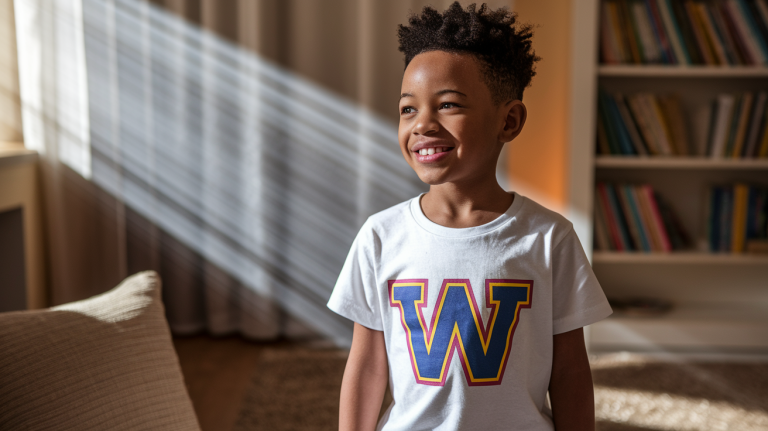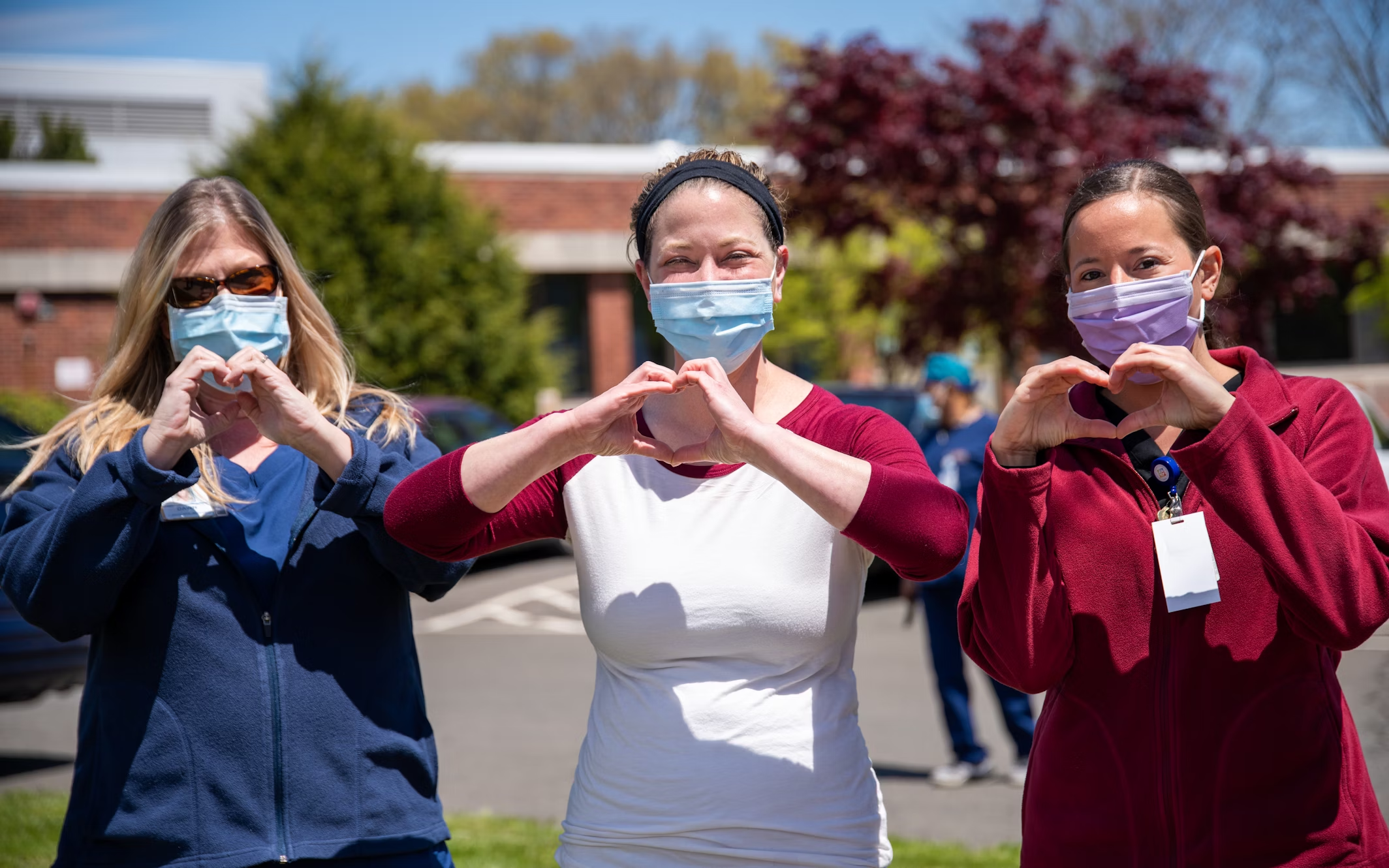Is Co-Sleeping Safe with a 1-Year-Old?

As new parents, one of our biggest challenges is ensuring our baby gets enough sleep while keeping them safe.
The question of whether co-sleeping is safe with a 1-year-old is a topic that sparks much debate among parents and experts alike.
While some argue that co-sleeping promotes bonding and makes nighttime feedings easier, others warn of potential risks.
In this blog post, we’ll explore the pros and cons of co-sleeping with a 1-year-old, examine expert opinions, and discuss alternative sleeping arrangements.
We’ll also examine guidelines for co-sleeping and help you decide on the safest co-sleeper options for your family.
Remember, every family is unique, and what works best for one may not be ideal for another.
What is Co-Sleeping?

Co-sleeping refers to the practice of sleeping near your child. This can take various forms, including:
- Bed-sharing: Where the parent and child sleep in the same bed
- Room-sharing: Where the child sleeps in a separate bed or crib in the parents’ room
- Sidecar arrangement: Where the child’s crib is attached to the side of the parent’s bed
Different cultures have varying perspectives on co-sleeping. In many parts of Asia and Africa, it’s a common practice, while medical professionals often discourage it in Western countries.
Potential Benefits of Co-Sleeping
Some parents and researchers argue that co-sleeping can have several benefits, but this can vary in different shades and forms. Some of the prime benefits are listed below:
- Improved bonding between parent and child
- Easier nighttime breastfeeding for nursing mothers
- Potential for better sleep for both parent and child
- Reduced stress for some infants
However, it’s important to note that these benefits are often anecdotal and not scientifically proven.
One’s personal experience from the other, and thus, its highly advisable to make a conclusive call by evaluating all the checks and balances at an individual level.
Safety Concerns Associated with Co-Sleeping

- Risk of suffocation: Adult beds often contain soft materials like plush mattresses, fluffy pillows, and thick comforters. These items can easily cover a baby’s face, blocking their airway. A baby’s underdeveloped neck muscles may prevent them from turning away from these obstacles, leading to potentially fatal suffocation. Even seemingly harmless items like loose sheets pose a risk to infants who can’t yet move effectively.
- Risk of entrapment: Gaps between the mattress and other surfaces like walls, headboards, or footboards can be dangerous for babies. Their small size makes it easy for them to slip into these spaces, potentially getting stuck in positions that restrict breathing. As babies move during sleep, they may inadvertently wedge themselves into these tight spots, unable to free themselves, which can lead to serious injury or suffocation.
- Overheating: Adults naturally generate more body heat than infants. A baby can quickly become too warm when sleeping close to a parent. Overheating is a known risk factor for SIDS (Sudden Infant Death Syndrome). Babies can’t regulate their body temperature as efficiently as adults, making them more susceptible to heat stress, affecting their breathing and heart rate.
- Fall hazards: As babies grow and become more mobile, the risk of falling from an adult bed increases significantly. Even with protective measures, curious and active babies can easily roll or crawl to the edge of a bed. A fall from bed height can result in serious injuries like concussions or fractures. This risk is particularly high for babies learning to roll or crawl.
The U.S. National Institute of Health has found that bed-sharing, under certain circumstances, increases the risks of Sudden Infant Death Syndrome (SIDS).
Guidelines for Safe Co-Sleeping with a 1-Year-Old
If you choose to co-sleep with your 1-year-old, follow these guidelines to minimize risks:
1. Use a firm sleep surface: Ensure the mattress is firm and flat.
2. Remove soft bedding: Keep pillows, blankets, and stuffed toys away from the sleeping area.
3. Dress appropriately: Dress your child in light sleep clothing to prevent overheating.
4. Create a safe space: Place the mattress on the floor to prevent falls if bed-sharing.
5. Stay alert: Never co-sleep if you’re overly tired, have consumed alcohol, or take medications that cause drowsiness.
Expert Opinions and Research
The American Academy of Pediatrics (AAP) recommends room-sharing without bed-sharing for at least the first six months and, ideally, up to one year.
They state that room-sharing decreases the risk of SIDS by as much as 50%.
Recent studies have shown mixed results regarding the safety of co-sleeping. Some research suggests that when done safely, co-sleeping doesn’t increase SIDS risk.
However, other studies indicate increased risks, particularly in certain circumstances like parental smoking or alcohol consumption.
Alternatives to Co-Sleeping
For parents who want to keep their baby close without bed-sharing, there are several alternatives:
- Room-sharing: Place your baby’s crib or bassinet in your bedroom.
- Use a bedside sleeper: These attach to your bed but provide a separate sleep surface for the baby.
- Transitional methods: Start the night in separate beds and bring the baby into your bed for early morning feedings.
Making an Informed Decision
When deciding whether co-sleeping is right for your family, different factors require your due consideration.
It is important to note that in addition to the baby’s safety, you must consider the importance of your home’s total conditioning and the doctor’s advice.
- Your family’s needs and sleep habits
- Your baby’s age and developmental stage
- Safety considerations in your home
- Recommendations from your pediatrician

It’s crucial to weigh the potential benefits against the risks and decide to ensure the safest sleep environment for your child.
Conclusion
The question “Is co-sleeping safe with a 1-year-old?” doesn’t have a one-size-fits-all answer.
While some families find co-sleeping beneficial, it’s essential to prioritize safety above all else.
The safest co-sleeper arrangement, according to experts, is room-sharing without bed-sharing.
This allows you to be close to your child for feeding and comfort while minimizing risks associated with sharing a sleep surface.
Whatever you decide, ensure you follow safety guidelines and create an environment that promotes healthy sleep habits for you and your child.
Remember, you can consult your pediatrician to discuss the best sleep arrangements for your family’s specific needs and circumstances.






